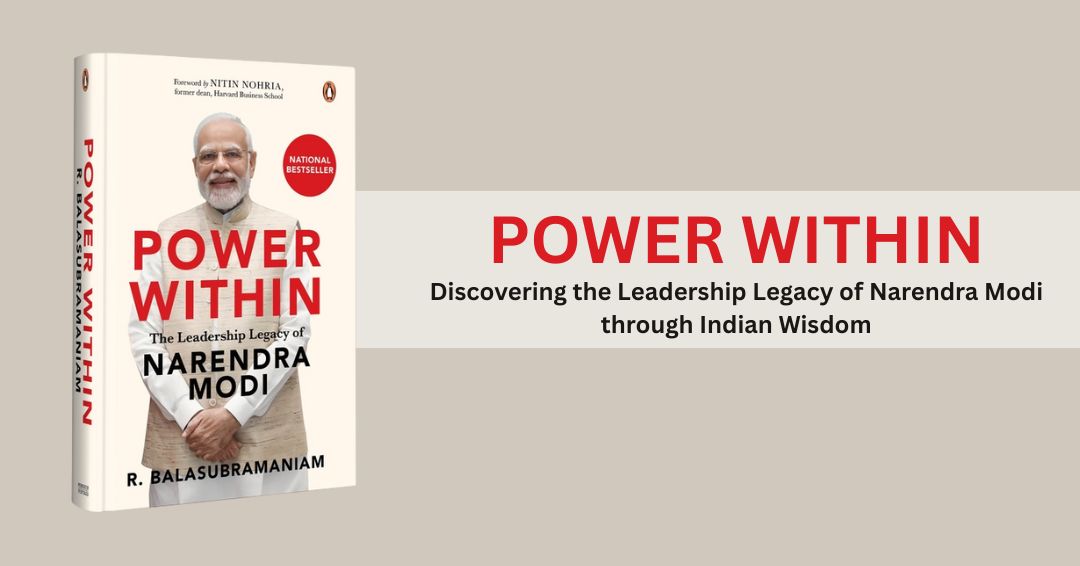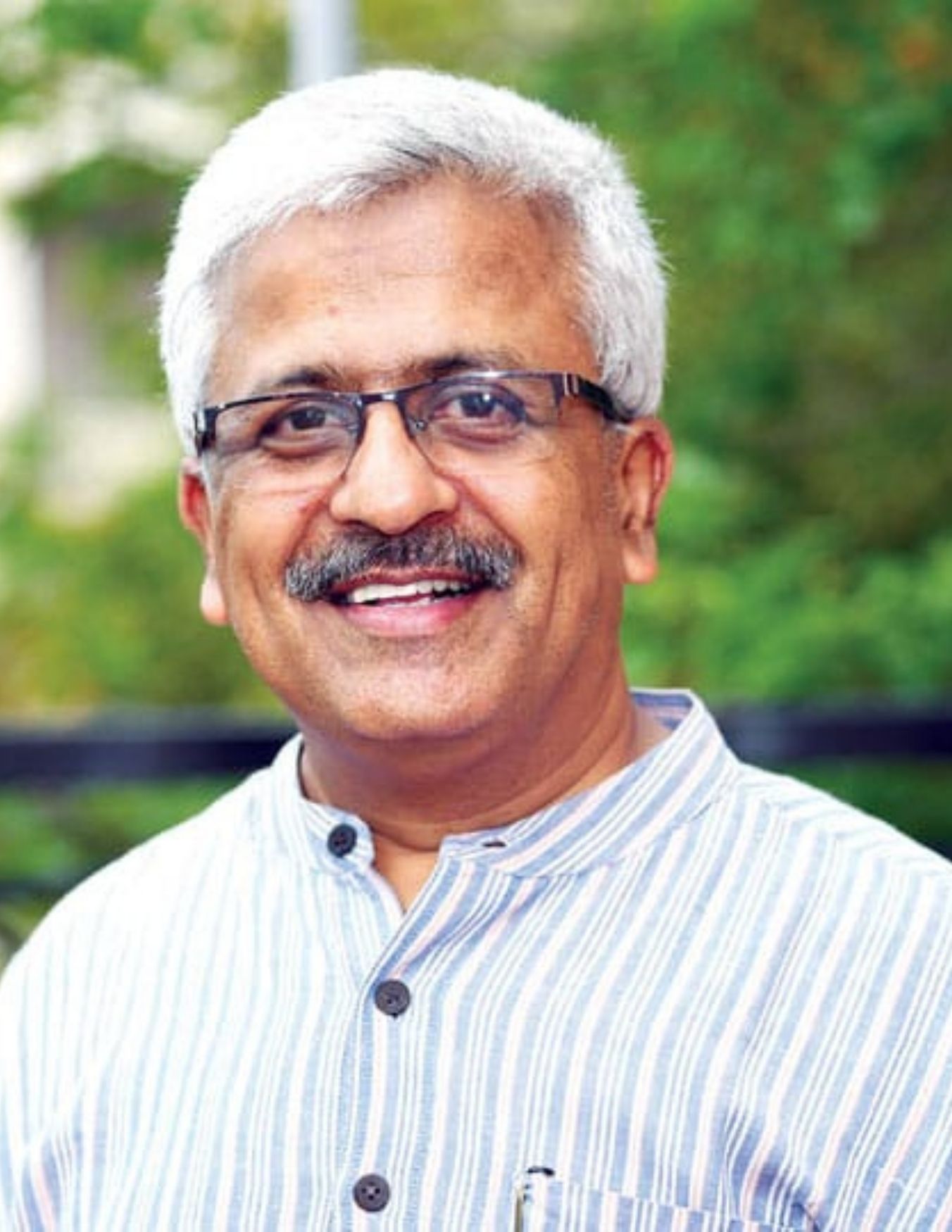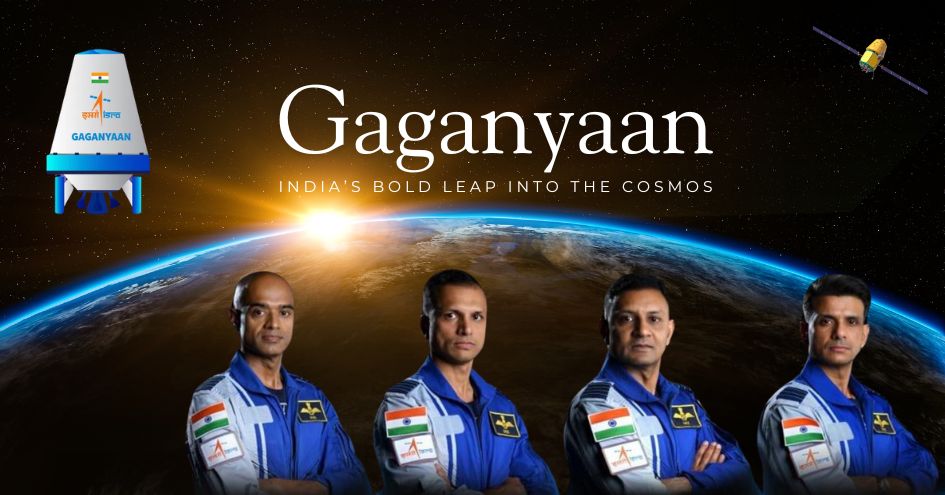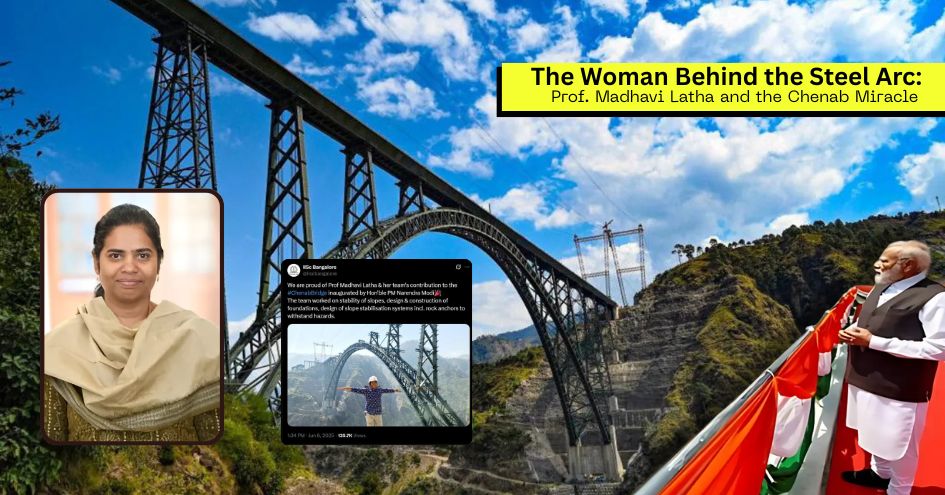
Leadership has long fascinated me—not the kind found in textbooks or management seminars, but the kind that shapes people’s lives, lifts nations, and transcends performance. My decades of working in rural India, walking alongside tribal communities, building institutions, and engaging with the government taught me that true leadership is not about command or charisma—it is about seva, dharma, and sadhana. It is about the inner life of the leader, which inevitably shapes their outer world.
This realization formed the foundation of my book, Power Within: The Leadership Legacy of Narendra Modi. I did not write it as a political biography or a hagiography or a commentary on governance. I wrote it as a student of leadership, trying to understand how one man, emerging from humble beginnings in Gujarat, has redefined public leadership in contemporary India—and how deeply his journey resonates with the timeless principles of Indic wisdom.
Reframing Leadership: From Power to Purpose
Much of the modern world views leadership through a Western prism—focusing on individual traits, strategy, influence, or optics. But India offers a different lens. Our traditions see the leader not as a hero to be admired, but as an instrument in the service of a greater good. The true leader in the Indic sense is not driven by ambition, but by dharma—a commitment to right action, even when it is difficult.
This distinction was vital as I looked to understand Narendra Modi’s leadership—not only as a Prime Minister or political figure, but as someone who embodies this deeper Indian ethic. His leadership, I believe, cannot be understood in exclusion from the Indic worldview that shaped him.
Simplicity, Struggle, and the Seeds of Service
I was particularly struck by how Narendra Modi’s early life reflects the quintessential Indian story: modest beginnings, spiritual inquiry, and a relentless pursuit of self-transformation. Growing up in Vadnagar, working at his father’s tea stall, and later traveling through the Himalayas in search of purpose—these experiences were not just biographical anecdotes. They were formative crucibles that instilled in him discipline, resilience, and a sense of seva as a spiritual calling.
His years in the Rashtriya Swayamsevak Sangh (RSS) also left a deep imprint. It was there that he imbibed a culture of austerity, daily discipline, and nation-first thinking. These were not just ideological constructs—they were daily practices that would later define his approach to public life.
Gujarat: Governance as Rajadharma
Modi’s leadership in Gujarat from 2001 to 2014 is often remembered for economic development, industrial progress, and administrative efficiency. But for me, this period revealed something subtler and more profound: the emergence of a leader who saw governance not merely as management, but as rajadharma—the righteous duty of a ruler to uplift the people.
Even as he faced one of the most painful and contentious moments in modern Indian political history—the 2002 riots—he did not retreat. Instead, I saw a man who stayed equipoised and focused and recalibrated himself. He chose to focus intently on development, institutional reform, and delivery as instruments to bring in societal peace and progress. It was, in a sense, a moment of inner transformation—echoing the age-old Indian idea of parivartan (transformation through reflection and resolve).
Leading the Nation: From Vision to Bhava
When Narendra Modi became Prime Minister in 2014, he brought with him not just a political mandate, but a distinct inner compass. What struck me most was not just the range of his policies—from Jan Dhan financial inclusion to Swachh Bharat, Digital India, and Make in India to Vishwakarma program — but the emotional energy that accompanied them.
In Indian aesthetics, we use the term bhava—the emotional essence or resonance that evokes a deeper connection. Modi’s leadership, I observed, consistently engages bhava. Whether through Mann ki Baat, symbolic gestures, or national calls to action, he speaks not only to the rational mind but to the emotional and spiritual heart of the people.
This is not populism. It is something more enduring. It is leadership that aligns policy with narrative, narrative with emotion, and emotion with civilizational identity. He stands testimony to the Indic concept of communication – Sadharanikaran.
Discipline as a Way of Life
Throughout my exploration of Modi’s leadership, I kept returning to a central question: what sustains this energy? The answer, I discovered, lies in his personal discipline. Rising before dawn, following a spartan routine, reading extensively, preparing for meetings with exhaustive detail—this is not the lifestyle of a politician chasing optics. It is the lifestyle of a sadhaka, someone committed to self-mastery.
I found this particularly resonant with Mihaly Csikszentmihalyi’s concept of flow—a state of deep immersion where skill, focus, and challenge align. Modi, it seems to me, lives much of his life in this state. He embodies the ideal of sadhana—austere inner striving—for the sake of his duties.
The Global Stage, The Civilizational Soul
Modi’s foreign policy, too, is not simply strategic. It is civilizational. From launching the International Day of Yoga to India’s G20 presidency, his international engagements signal not just ambition but a desire to position India as a vishwaguru—a moral and spiritual voice in the global community.
Yet, I do not offer this as uncritical praise. Leadership of this scale comes with real tensions—around institutional checks, democratic dissent, and centralization. But I believe that the antidote to these risks lies within the same Indic tradition that guides his leadership. Dharma is not static; it demands constant questioning, introspection, and ethical correction. And any leader who looks to walk this path must remain accountable to those higher standards.
What We Can Learn
Power Within is, at its heart, an invitation—for all of us to reflect on what leadership means in the Indian context. Through the example of Narendra Modi, I identify five principles that I believe define enduring, transformative leadership:
Final Reflections
Authoring this book was not merely an academic pursuit. It was a personal journey. I began with curiosity, continued with inquiry, and ended with clarity: that leadership in India must draw from India. That our greatest leaders—be they ancient kings, saints, or modern statesmen—share not a style, but a spirit.
In Narendra Modi, I see a living example of that spirit. One may agree or disagree with his politics, but one cannot ignore the deeper civilizational current he channels. His leadership invites us to revisit our own traditions—not as nostalgia, but as a source of guidance for the future.
The power within is not his alone. It is within all of us—waiting to be awakened through purpose, service, and conscious action.
 Dr. R Balasubramaniam is a development expert, author and leadership teacher. His latest book, ‘Power Within: The Leadership Legacy of Narendra Modi’ is a national best seller. More about him is at drrbalu.com
Dr. R Balasubramaniam is a development expert, author and leadership teacher. His latest book, ‘Power Within: The Leadership Legacy of Narendra Modi’ is a national best seller. More about him is at drrbalu.com

Indian History is rife with conflict between kings for power, territory and regional supremacy. We have seen instances where kings have made it a poin...

"Saare Jahaan Se Accha, Hindustan Hamara!"These immortal words, spoken by Squadron Leader Rakesh Sharma from the vast expanse of space in 1984, When t...

High in the rugged, unforgiving terrain of Jammu and Kashmir’s Reasi district, where the Chenab River slices through deep gorges and the Himalayas loo...